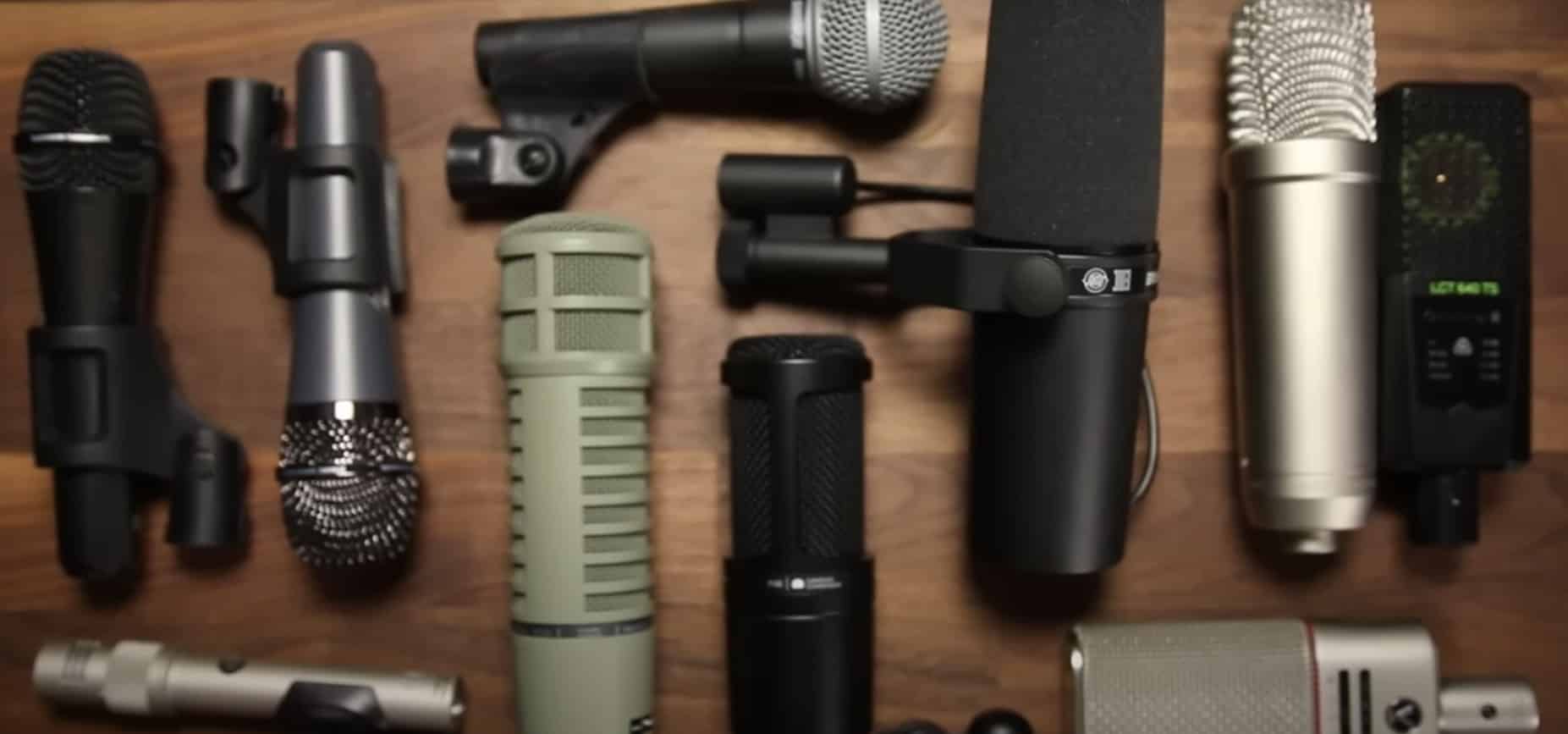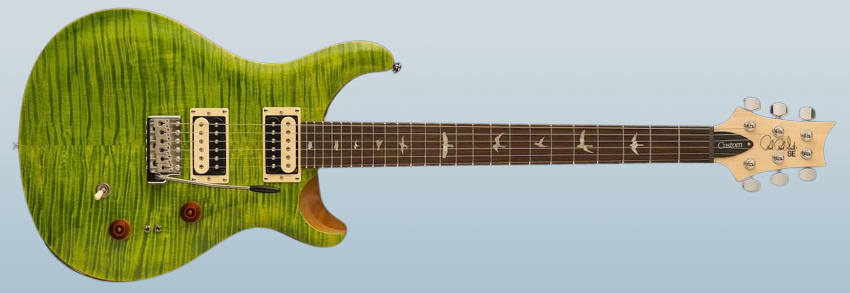Dynamic microphones and condenser microphones are two types of microphones that are commonly used for a variety of applications. Let’s take a look at the two different microphones and see what makes each one unique.
Dynamic Microphones
Dynamic microphones use a simple, rugged design and do not require any external power source. They are well-suited for handling high sound pressure levels and are resistant to moisture, making them a popular choice for live performances and other demanding environments. They have a slower transient response and are generally less sensitive than condenser microphones, which can make them less effective at picking up subtle nuances in sound.
Dynamic microphone key details:
- Use a simple, rugged design that does not require any external power source
- Can handle high sound pressure levels (e.g., from a loud instrument or voice)
- Are resistant to moisture, making them a good choice for live performances or other demanding environments
- Have a slower transient response, which means they may not pick up subtle nuances in sound as well as condenser microphones
- Examples include the Shure SM57 and the Sennheiser MD421
Condenser Microphones
Condenser microphones, on the other hand, are more sensitive and have a faster transient response than dynamic microphones. They require an external power source, which can be provided by a battery or an external phantom power supply. Condenser microphones are typically used in recording studios and other controlled environments where a higher level of detail and clarity is desired. They are more sensitive to moisture than dynamic microphones, so they may not be the best choice for use in damp or humid environments.
Condenser microphones key details:
- Require an external power source, which can be provided by a battery or an external phantom power supply
- Are more sensitive and have a faster transient response than dynamic microphones, which allows them to pick up subtle nuances in sound
- Are typically used in recording studios and other controlled environments where a high level of detail and clarity is desired
- Are more sensitive to moisture than dynamic microphones, so they may not be the best choice for use in damp or humid environments
- Examples include the Neumann U87 and the AKG C414
Dynamic vs. Condenser Microphones
Both dynamic and condenser microphones have their own unique strengths and are used for a wide range of applications. Dynamic microphones are often preferred for live performances and other demanding environments due to their rugged design and ability to handle high sound pressure levels, while condenser microphones are often used in recording studios and other controlled environments where a high level of detail and clarity is desired.
In general, dynamic microphones are better suited for handling high sound pressure levels and are more rugged, while condenser microphones are more sensitive and provide a higher level of detail and clarity. The choice between the two types of microphones will depend on the specific application and the desired sound quality.








